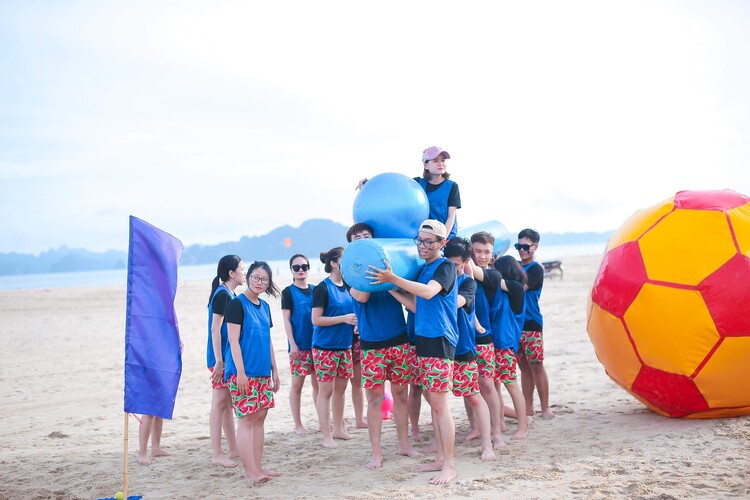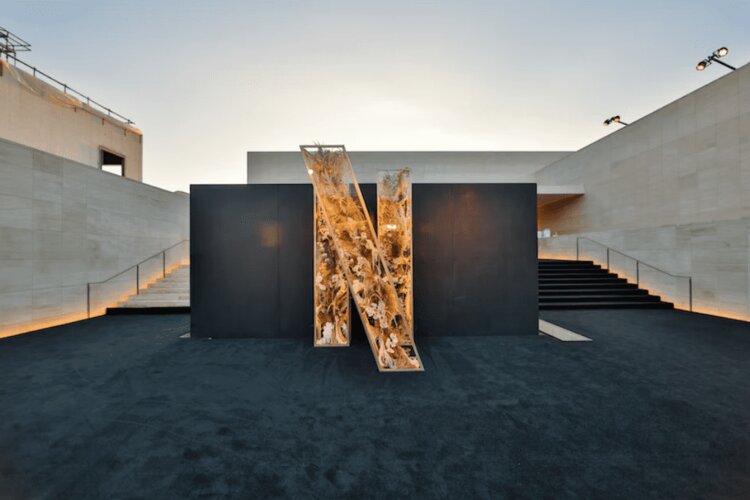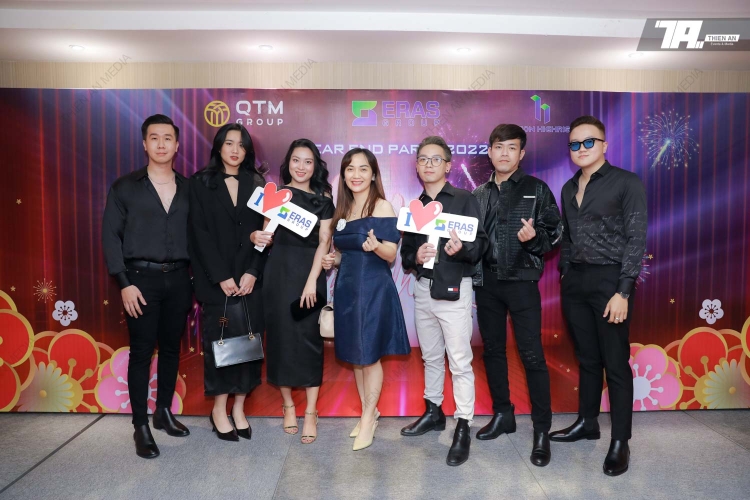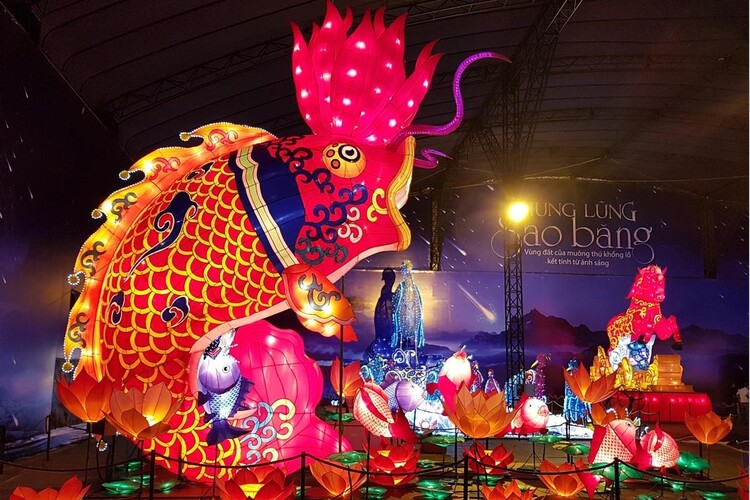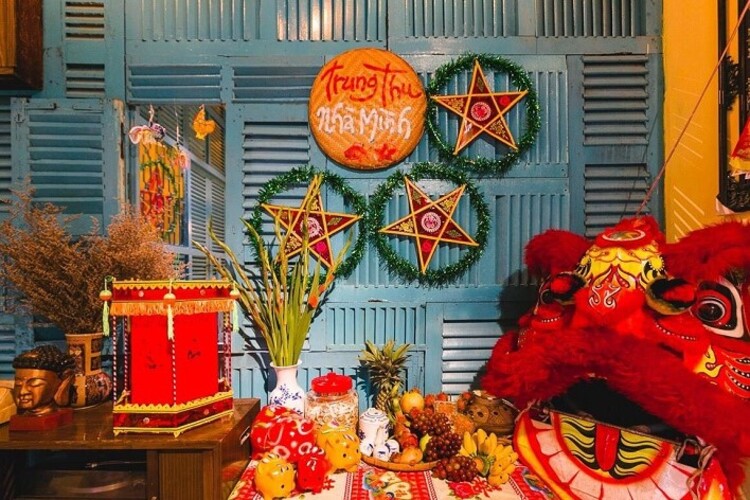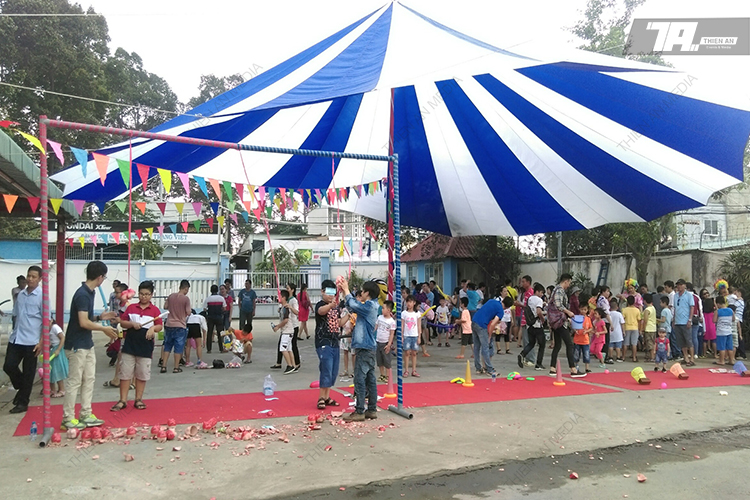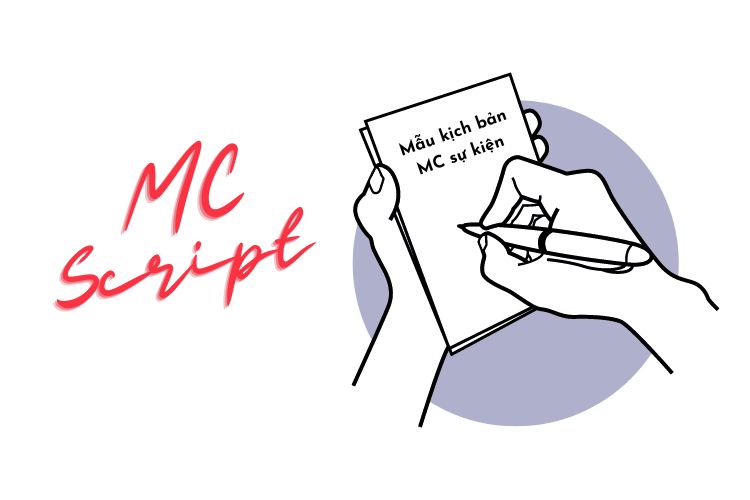Brief What is?The Art of Writing Brief Effectively Optimized
I. Brief overview (requirements summary)
1.1. What is Briefs?
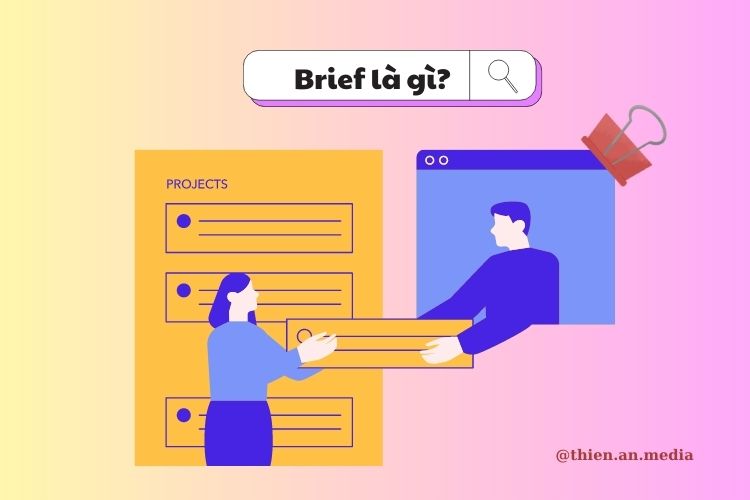
What is Briefs?
"Brief" in Vietnamese is a term used to refer to a summary of a request from a customer or a brief document provided by a customer to an agency. This brief will contain briefly but fully the requirements that the client wants the agency to show in the event or marketing campaign.
1.2. What principle does a good requirement brief adhere to?
Followed by AdAge's survey of 1200 C-level executives from advertising agencies around the globe approached the issue of the brief they received. The survey results showed:
- 53% think the brief is complete but lacks focus.
- 27% think the brief is incomplete and inconsistent.
- 20% think most briefs are complete and focused.
- 0% think all briefs are complete and focused.
With this factor, writing an event brief (event requirements summary) or marketing brief (campaign requirements summary) becomes difficult and not all personnel can do it well. Therefore, according to Mark Rollinson, creative director of All About Brands, both creative briefs and communication briefs need to adhere to the following criteria:
In writing: The first and foremost rule is that briefs should be written. This helps the brief writer to present his or her ideas and expectations in a clear, structured way that the recipient can easily store and refer to when needed.
Concise, complete: Writing a brief too crammed with information can confuse the agency. However, if it is too brief, sketchy, does not provide enough information, it also makes the working process difficult. Therefore, please write fully important information, condense the content to facilitate the working process.
Clarity: The requirements summary should be presented in a way that is clear, understandable and not misleading. If there are any questions, it should be possible to discuss and adjust to achieve consistency.
1.3. Types of briefs that are popular today
- Creative brief: An internal document in the agency, written by the account department, to provide information to the creative team so that they understand the key requirements from the client during the event or marketing campaign.
The content of the creative brief includes:
Job description: The specific tasks that the creative team has to perform.
Target audience: Information about the customer group to be targeted (including age, demographic information - demographics, interests, behavior...).
SMP (single-minded proposition): The product's outstanding points compared to other products in the same industry can make a strong impression on customers' minds.
Key response: Target action that the customer will take after the campaign is launched, for example, discussing a product or making a purchase.
Desired brand character: The feeling that customers expect to receive about the product/service.
Budget: The budget that the client (client) provides to execute the campaign.
- Communication brief: A document used in the exchange between the client and the agency's account staff, helping the two sides understand each other about the initial situation.
This description answers 5 questions:
Who?
What?
How?
Where?
Why?
The communication brief includes the following contents:
Project: The goal that the customer wants to achieve in the event or marketing campaign.
Client: Name of the agency hiring agency (can be a business or an individual).
Brand: Includes overview but complete information about the brand being implemented in the brand marketing strategy.
Project description: A detailed description of the project's requirements for the agency.
Brand background: Information about the market and current situation of the brand, including:
- Market and brand analysis.
- What problems the brand is facing.
- Competitors and competitor background information, including strengths and weaknesses.
Objectives: Top communication goals that businesses need to achieve in an event or marketing campaign, such as increasing brand awareness or increasing sales.
Target audience: The audience the client wants to target.
Message: The main communication message of the project.
Coverage: The extent to which this strategic marketing project will be implemented.
Budget: The budget for the project (it can be a budget for a specific activity or a budget for an entire campaign).
Timing: The time during which the agency and client will meet to present their ideas for the first time.
1.4. Indispensable elements to create a perfect brief
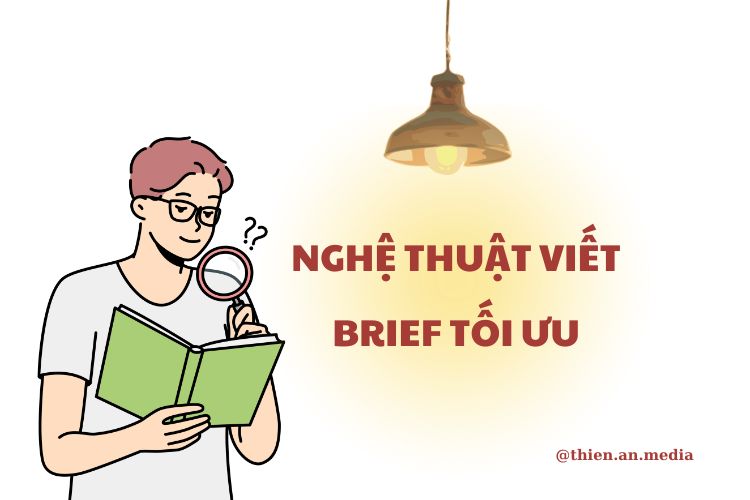
The elements that make the perfect event brief
Specific goals: The brief clearly defines the specific goals of the event or marketing project, including the client's expectations and desires, the success metrics, and the problem to be solved.
Target Audience: Include their characteristics, needs and expectations.
Unique Message: The main message and unique value that the event or campaign wants to convey. This helps the agency understand how to approach and develop the right creative ideas.
Time and deadline: Helps both agency and client to be proactive in planning and executing work.
Stakeholders: Includes parties from the agency side (who is responsible for content, communication, etc.) and the Client side (the person in charge of the project).
Budget: Information about the budget for the project. This helps the agency and client agree on the scope of work and financial funding for the project.
Competitors: Indicate information about competitors in the field, help the agency understand the competitive landscape and find strengths and differences for products/services.
Evaluation and testing methods: Brief should define criteria and evaluation methods to measure effectiveness and achieve desired results.
II. Workflow between client and agency
Below is the cooperation process between the client (client) and the company providing event and advertising services (agency) step by step:
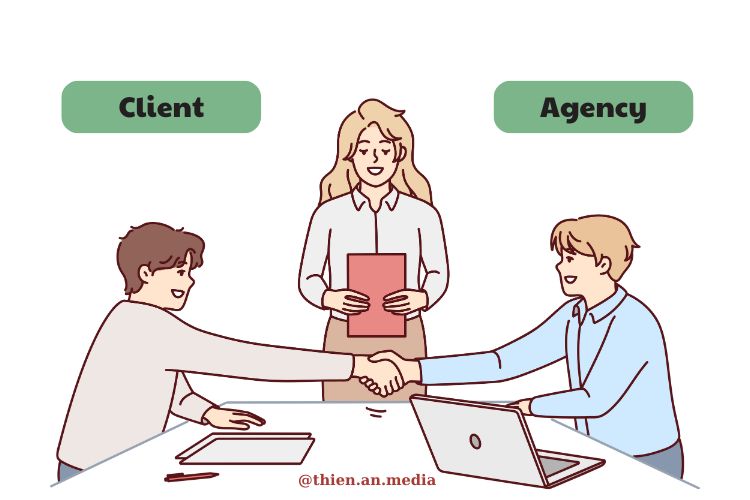 Workflow between client and agency
Workflow between client and agency
- Briefing: The client provides a brief to the agency. Briefing is the process of communicating detailed information about the goals, requirements, budget, timeline, and other information related to the project.
Contents of the brief include:
Describe the problem and solution: Present the current business situation and the problems the brand is facing. Provide information on the cause of the problem and direct the necessary solution.
Campaign objective: Clearly define the goal that this campaign needs to achieve. This could be increasing sales, increasing brand awareness, creating customer engagement, or any other campaign-related goal.
Characteristics and insights of target customers: Provide detailed information about target customers, including demographic characteristics - demographics, consumption behavior and psychological factors. Specify the drivers and barriers that customers are facing in purchasing a product or using a service.
Budget and timing: Determine the projected budget for the campaign, including the overall budget and allocations for specific activities. Also, clearly state time constraints, including project completion dates and milestones in the implementation process.
- Pitching: Based on the brief, the agency creates a strategic proposal and participates in a pitching session to introduce and present campaign ideas to the client. If the agency is selected, the collaborative process continues.
Example: Strategic proposal (pitching) of an event agency to a client:
Event company: XYZ Event Agency
Client: ABC Corporation
Title: Creating an engaging and unique experience for ABC Corporation's Anniversary
Strategy Summary
Target
- Create a memorable and impressive event to celebrate the success of ABC Corporation 10 years.
- Increase ABC Corporation's brand recognition in the industry.
- Build strong relationships with current and potential customers.
Main idea:
- Create a special event with the theme "Best Journey".
- Combine activities such as intimate parties, interactive games to create a connection between customers and ABC Corporation.
- Use technology and lighting effects to create creative and impressive spaces.
Implementation strategy:
- Research and choose the right venue to create a highlight for the event.
- Design the exhibition space in accordance with the theme "Best Journey"
- Create high-quality content, including introductory videos about ABC Corporation's history and achievements.
- Increase advertising and marketing before, during and after the event through social media channels.
Budget and time:
Budget: Propose a detailed budget based on the requirements and size of the event.
Time: Determine the schedule from preparation, implementation to completion of the event.
Team and experience:
- The staff has many years of experience in the field of event organization.
- Experience in organizing similar events and working with similar industry clients.
KPIs (Performance Indicators):
- Number of customers attending.
- Rate of interaction and positive feedback from customers.
- Growth in brand awareness and building relationships with customers.
- Number of orders closed after the event.
Request for proposal:
- Detailed description of how to implement the main idea.
- Brand strengthening strategy and detailed communication plan.
- Table of responsible team members and previous projects.
- Experience in organizing events for companies in the financial industry or large-scale events.
-
Making a price list (purchase order): The parties agree on a budget and request from the brief for the agency to make a detailed price list for each item in the campaign. After the price list is finalized, the agency proceeds to follow each committed timeline.
-
Execution of the campaign (execution): The agency performs activities such as: content creation, design, advertising placement, communication and other marketing activities. The products and plans will be submitted to the client for approval by the agency for publicity on media channels.
-
Reporting, Evaluation, and Billing: Once the project is complete, the agency generates a report and evaluates the campaign results. If the results meet the set goals, the client makes payments to the agency based on the agreed contract value.
This process can be tailored to each project and the specific requirements of the client and agency.
III. The most complete and detailed creative briefs
3.1. Brief event template
A. Information about customers (client) and event agency (event agency)
- Company name:
- Address:
- Phone:
- Website:
Information about the person in charge of the project:
- Name:
- Title:
- Phone:
- Email:
Project name (Project/Campaign):
Agency: Thien An Event Media Co., Ltd (Thien An Media) /https://thienanmedia.com.vn/
Date of receipt of project brief/requirements:
B. Important milestones to note
- Deadline for receiving proposals, ideas/presentations:
- Deadline for receiving proposal feedback and quotation:
- Deadline for exchanging and agreeing ideas:
C. Project overview and objectives
Description: Describe the event and what the business wants to achieve through the project? (What is the event the business wants Thien An Media to organize? Does this event come with any other events).
Scale: From small, medium to large scale, how many customers attend the event?
Audience: Who are the participants of the event, and in what age range?
Time: The exact or expected time the company holds the event.
Venue: The venue for the event the company wants.
Idea: The idea you want to aim for (if any).
Meaningful purpose: What does the event want to leave in the mind of the participants?
Objective: KPI must be achieved after the event?
Reference: Suggest an event that happened in the past.
D. Details
Theme/Message: A main theme/message to convey for the event.
Duration/Activity Allocation: How many parts do you want the event to run, on which sections to focus on, or how is the expected duration divided by each part? (The ceremony part, the party part, the interactive part)
Style: Youthful, modern, traditional, or innovative style,...
Main Color: What's your favorite color for this event? Brand color or brand color combined with some other color?
Type of music/art: Will the music in the event be gentle or vibrant? Want an artist to perform at the event? (Classic, modern, Kpop, CPop, US-UK, ensemble, live music, rock, karaoke or the name of the artist performing in the event...)
Stage: Stage size, chicken wings? Choose LED or hiflex backdrop? Size for stage floor?
Type of party booking: What type of food/eating do you want for the event? (buffet, tea break, BBQ, finger food, set menu, set menu, savory, sweet, tea break,...)
Ritual celebration: Which form of ritual to choose? (enterprise, internal, state,...)
Communication activities: Is there a need to implement communication activities before, during and after the event? What is the desired level?
Other Requirements: Do you have any other requirements for this event?
E. Deadlines and budgets
1/ When is the expected time to complete the project? (Time the two sides meet to present ideas for the first time)
2/ What is the estimated budget that the client spends on the project? (And with the above requirements, does the company plan to focus or reduce the budget on any items in the event?)
Day….Month......Year.....
3.2. TVC advertising film production brief agency template
Campaign Requirement
- TVC 30 seconds
- Banners, print ads, advertising articles, posters, banners.
Background: Washing machine brand X is planning to introduce new products through its customer care program in 5 big cities: Ho Chi Minh, Hanoi, Da Nang, Can Tho, Nha Page.
Content: Customers who are using the X brand washing machine with model Y, Z (manufactured year 2018) will be able to exchange a new washing machine for free or receive a valuable gift (depending on the model and arrival case). in advance) or get a 50% discount on the sale price.
Time: The event takes place within 2 months. Details will be provided on the Facebook page.
Information about product
- The operation is not different from conventional washing machines, but the design of the product brings pride to the owner. This model turns everyday laundry into a little joy through flexible icons pre-programmed into the machine.
- In particular, the washing machine is accompanied by decorative objects for the outer shell, which can be easily changed to match the overall space and color of the interior.
- Reasonable price, superior function and beautiful design.
Information about the market
- Brand X ranks first in terms of awareness in the Vietnamese market.
- Main opponents: S, L, P
- The price of product X is higher than that of competitors, but consumers still accept it.
- X's distribution system and warranty are widespread in major cities.
Communication Objectives
- About the customer care program of the brand X
- Build strong and lasting relationships with existing customers.
- Convey event message: "Old but still complete".
Targeted customer
- Women between 25 and 45 years old, married.
- Living standard of good or higher, having the right to decide on spending.
- Being modern women, exposed to the outside life regularly.
- Take care of family health.
Message to convey: "Check what brand your washing machine is. If it's X, write down the model and contact us today."
Additional information for the message
- X is a prestigious and famous brand all over the world.
- X is the number 1 brand in terms of awareness in the Vietnamese market.
- X's customer care department handles quickly and efficiently.
Required
- Show real pictures of new products.
- Show the durability of the old product.
- Program name: "Old but still complete".
- Slogan: xxx xxx xxx.
- Display the desired brand image.
Execution time
- The agency presented the idea (concept - theme) for the first time:
- Customers approve the final idea:
- Manufacture:
- Run the program:
Where will the articles be posted?
- Website, newspaper, electronic newspaper (channel 14, Vietcetera, VnExpress,...), email?
Because each media channel has different requirements and audiences, knowing where the article will be published helps marketers write in accordance with that channel's audience. At the same time, this helps to avoid excessive editing when posting on online newspapers.
Other requirements
- Are there any special requirements or things that need attention? What should be avoided? What should be changed from previous posts?
- Information about the company, product or previous articles (if any).
- Contact person/Timeline
- Define a detailed timeline for the article: date of idea submission, date of outline submission, completion date, deadline... Break your work into chunks and keep communicating with clients to let them know about your direction and progress. Agreeing each step will help avoid editing too much, causing fatigue for both parties.
Above are the information as well as instructions to help you write a complete and accurate brief (brief event and brief agency), achieving high efficiency in your work. Hopefully after this article will help you no longer wonder about the concept of brief.


